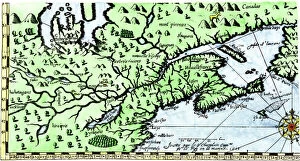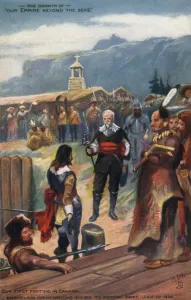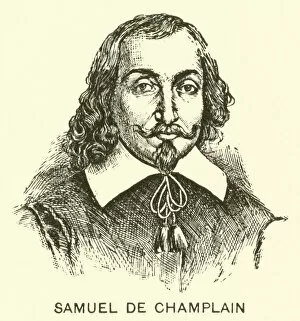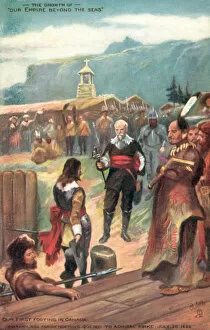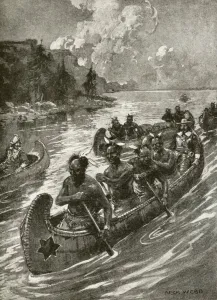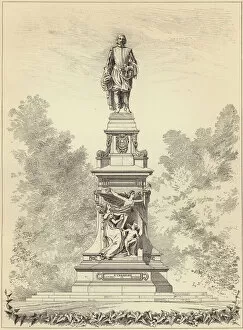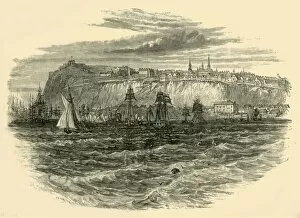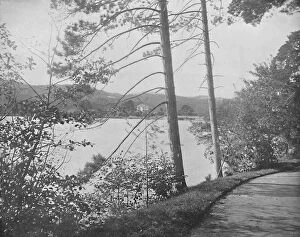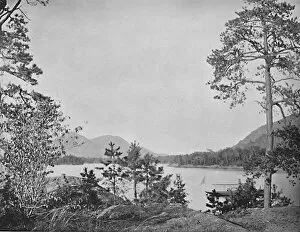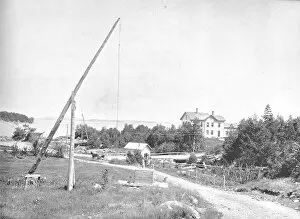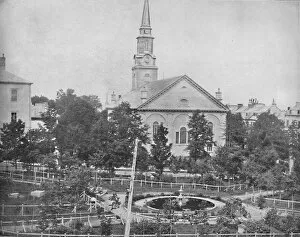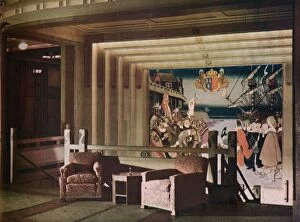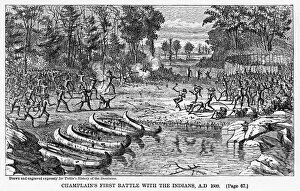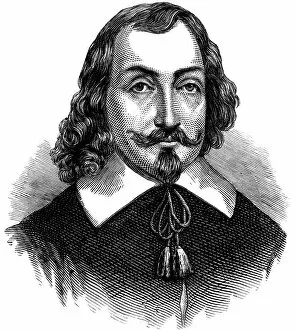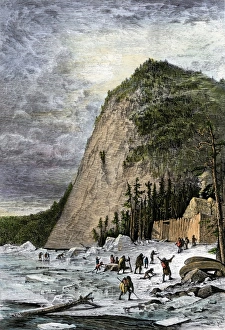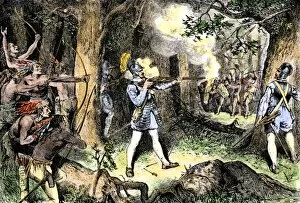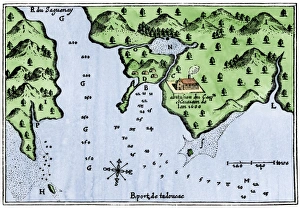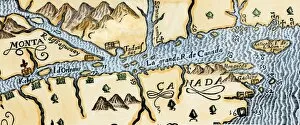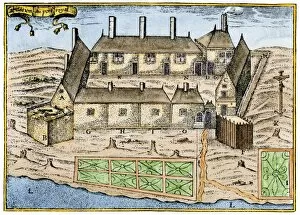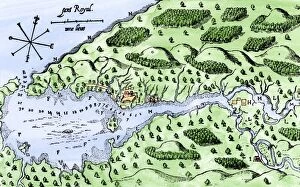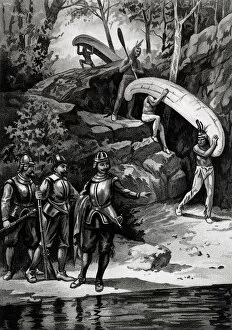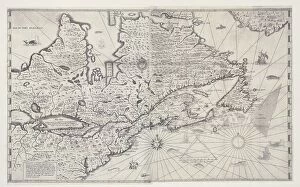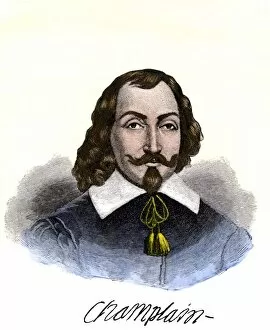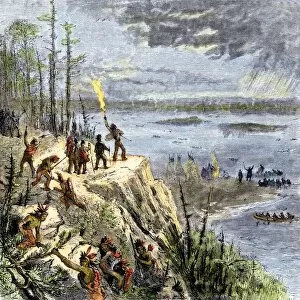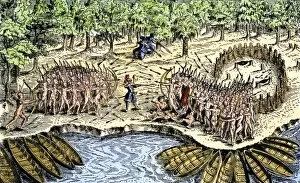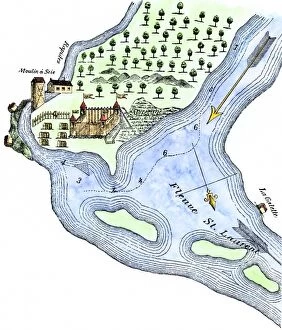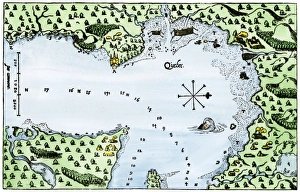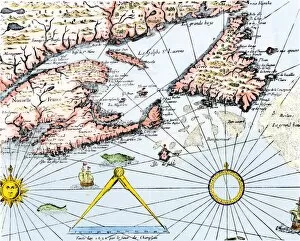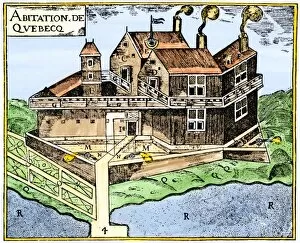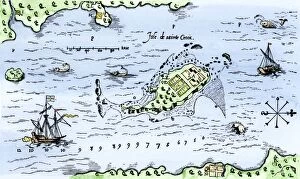Samuel De Champlain Collection
Samuel de Champlain, a prominent figure in Canadian history, played a significant role in the exploration and colonization of Canada during the 17th century
All Professionally Made to Order for Quick Shipping
Samuel de Champlain, a prominent figure in Canadian history, played a significant role in the exploration and colonization of Canada during the 17th century. Known as the "Father of New France, " Champlain's expeditions and leadership left an indelible mark on the region. One notable event depicted in a lithograph is Samuel de Champlain surrendering Quebec to Admiral Kirke on July 20, 1629. This pivotal moment marked the temporary British occupation of Quebec during the Anglo-French conflict. Another lithograph portrays Champlain hanging a conspirator, highlighting his firm stance against internal threats to French rule. Champlain's exploratory spirit is captured in another lithograph showing him ascending the St Lawrence River with friendly Native American Indians in their canoes. This image symbolizes his collaboration with indigenous peoples and his dedication to establishing peaceful relations. The tercentenary celebration of Quebec's founding by Champlain is also commemorated through a colorful lithograph. This event recognizes his instrumental role in establishing one of North America's oldest cities. In addition to these historical depictions, various images showcase natural landscapes associated with Champlain's expeditions. From Green Island on Lake George to Shelving Rock Mountain and Frenchmans Bay near Bar Harbor, these scenic views evoke the beauty that captivated Champlain during his explorations.

